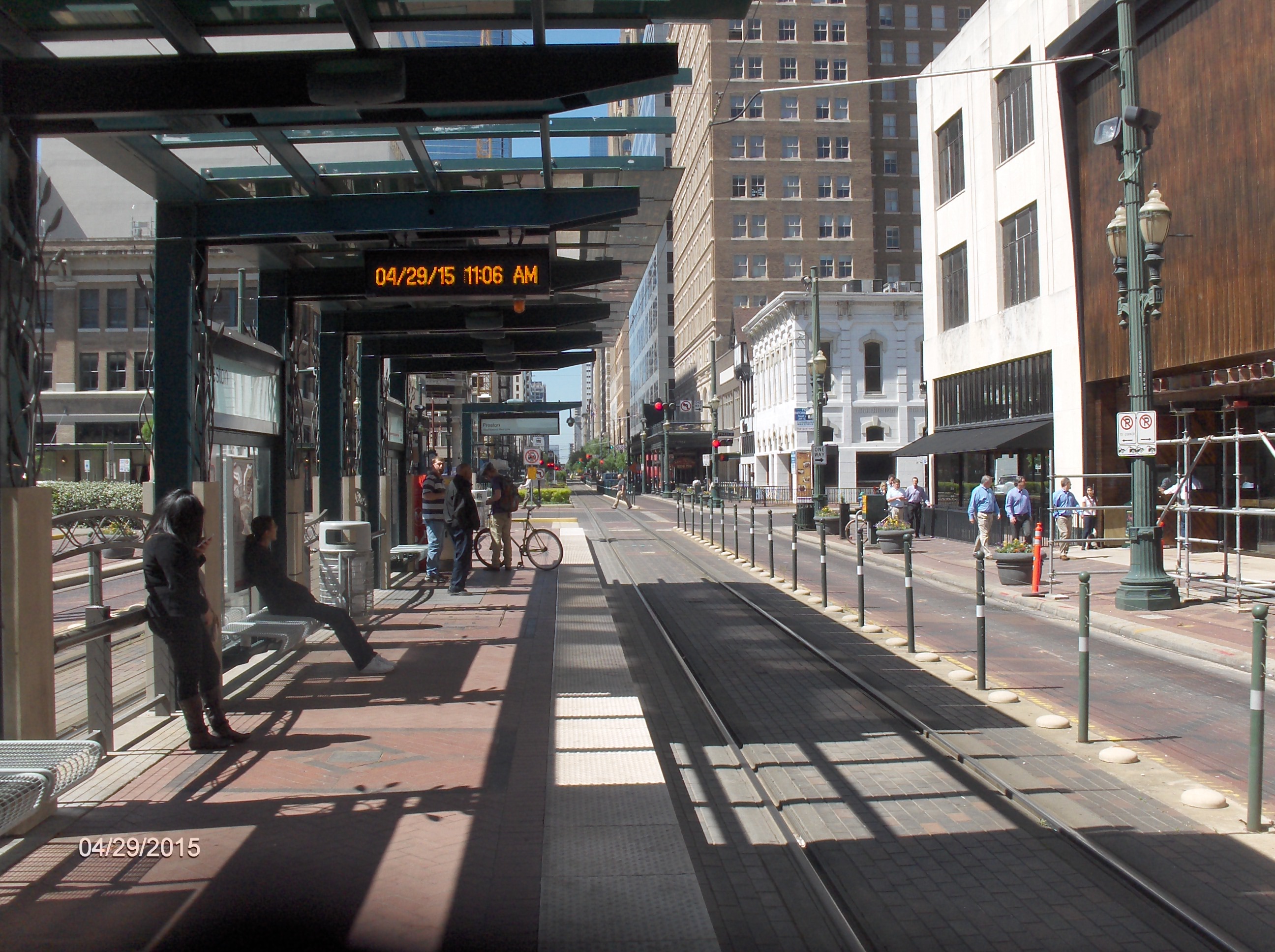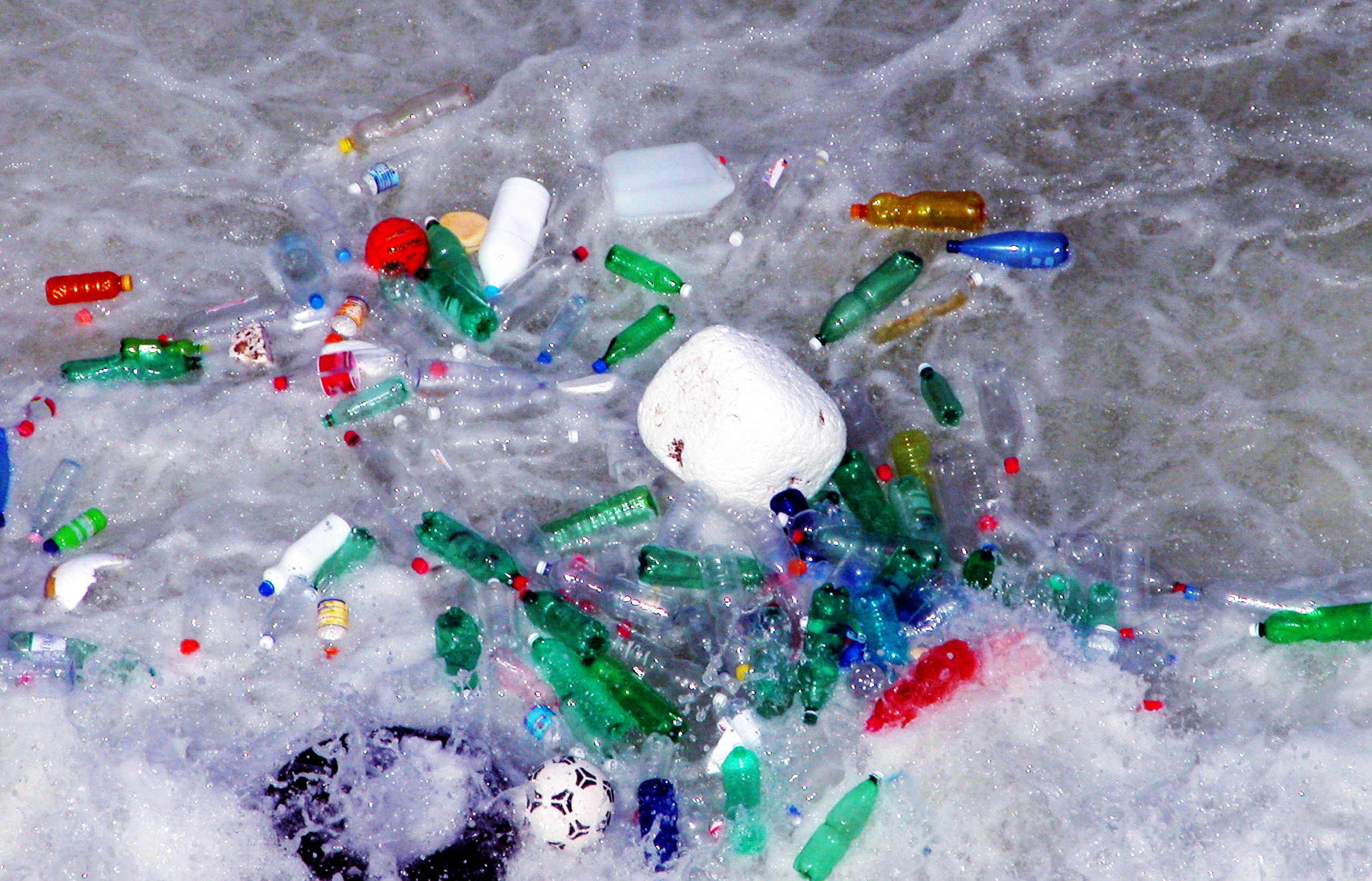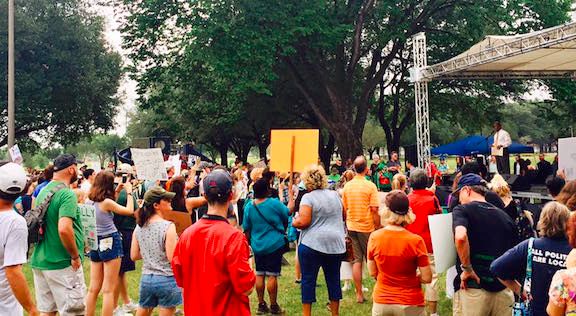 The Bayou Banner
The Bayou Banner
June 2017 Edition
General Meeting, June 8, 2017 — Update on National Forest Planning Process in Texas
On Thursday evening, June 8, Rob Potts with the NFGT Supervisor's Office (Natural Resources and Planning Team Leader) will talk about the once-in-20-year opportunity for us to provide input to ensure that the National Forests and Grasslands in Texas are managed to protect endangered species, streams and rivers, rare plants and ecosystems, and lakes and ponds.
The event is free and open to the public at St. Stephen’s Episcopal Church, 1805 West Alabama, Houston. Main program starts 7:30 PM. Doors open 7:00 PM.
Houston METRO has started to develop a new Regional Transportation Plan that will define the next steps for transit and mobility improvements in the Houston region. METRO has a page at their website dedicated to the Plan which provides a brief overview and an opportunity to submit your comments.
Go here for more information.
Houston Sierra Club Joins Instagram and Twitter
Follow us on Instagram and Twitter. We are houstonsierraclub on Instagram and @hrgsierraclub on Twitter. Like and retweet our posts often, and use the icons on our main web site.
Go here for more information.
You have probably heard about the floating plastic garbage patches that occupy large gyres in the world’s oceans. Well, some good news! – a remarkable project to start cleaning up this plastic debris is underway and expected to begin implementation later this year. Impressively this project is the result of a Dutch student’s high school science project, and his determination to confront all obstacles and persevere.
Go here for more information.
By Brandt Mannchen
The North American Wetlands Conservation Act (NAWCA) is up for reauthorization by the U.S. Congress. This law is needed for wetlands conservation by the U.S. Fish and Wildlife Service, Texas Parks and Wildlife Department, non-governmental organizations, private landowners, and others who protect, restore, and enhance wetlands.
Go here for more information.
Plastic pollution costs the City of Houston $21 million to prevent, enforce, educate and clean up litter. This figure comes from a study on the costs of litter and illegal dumping in nine cities in Texas. Texans for Clean Water commissioned this study, and it revealed the City of Houston spends $13 million on litter clean up. That’s a lot of money that could be spent on other things.
Go here for more information.
The Galveston Bay Foundation (GBF) recently launched the Galveston Bay Action Network as a downloadable mobile app for iPhone and Android. This app allows users to report any land or water pollution within minutes. Reports are automatically sent to the proper authority, resulting in the quickest response to get the pollution cleaned up. The Galveston Bay Action Network app is free and can now be downloaded from the iTunes App Store and Google Play.
Go here for more information.
My name is John Romo. I’ve lived here in Houston, on and off, over a span of time approaching twenty years. I’ve dedicated whatever free time I’ve had here, to finding the nearby wild places, although for me, it was a learning process. In the West, where I was born and raised, you headed for the mountains, plainly visible from the city, and there you found wilderness.
Go here for more information.
The Houston People’s Climate March was held on April 29, 2017, at Clinton Park located just outside of the 610 East Loop in Houston. It was estimated that there were between 400 to 500 people in attendance. There were speeches by Mayor Sylvester Turner, Dr. Daniel Cohan of Rice University and others. Mayor Turner gave an inspirational speech. There were many other activities for the participants.
Go here for more information.
Get Outdoors!
For information on upcoming outings in the Houston area, check out our MeetUp site or our Outings Calendar on our website.
Story by Tom Douglas
Photos by Linda Shead, Taylor Cutshall, and Tom Douglas
On Sunday May 21, our fleet of five canoes and nine kayaks set out to explore the San Bernard River near the town of Kendleton, Texas. This stretch of the river, which lies within the Columbia Bottomlands ecological system, forms the boundary between Fort Bend County to the east and Wharton County to the west. It is called the “Blue Hole” because here the river’s channel is wider and deeper.
Go here for more information.






